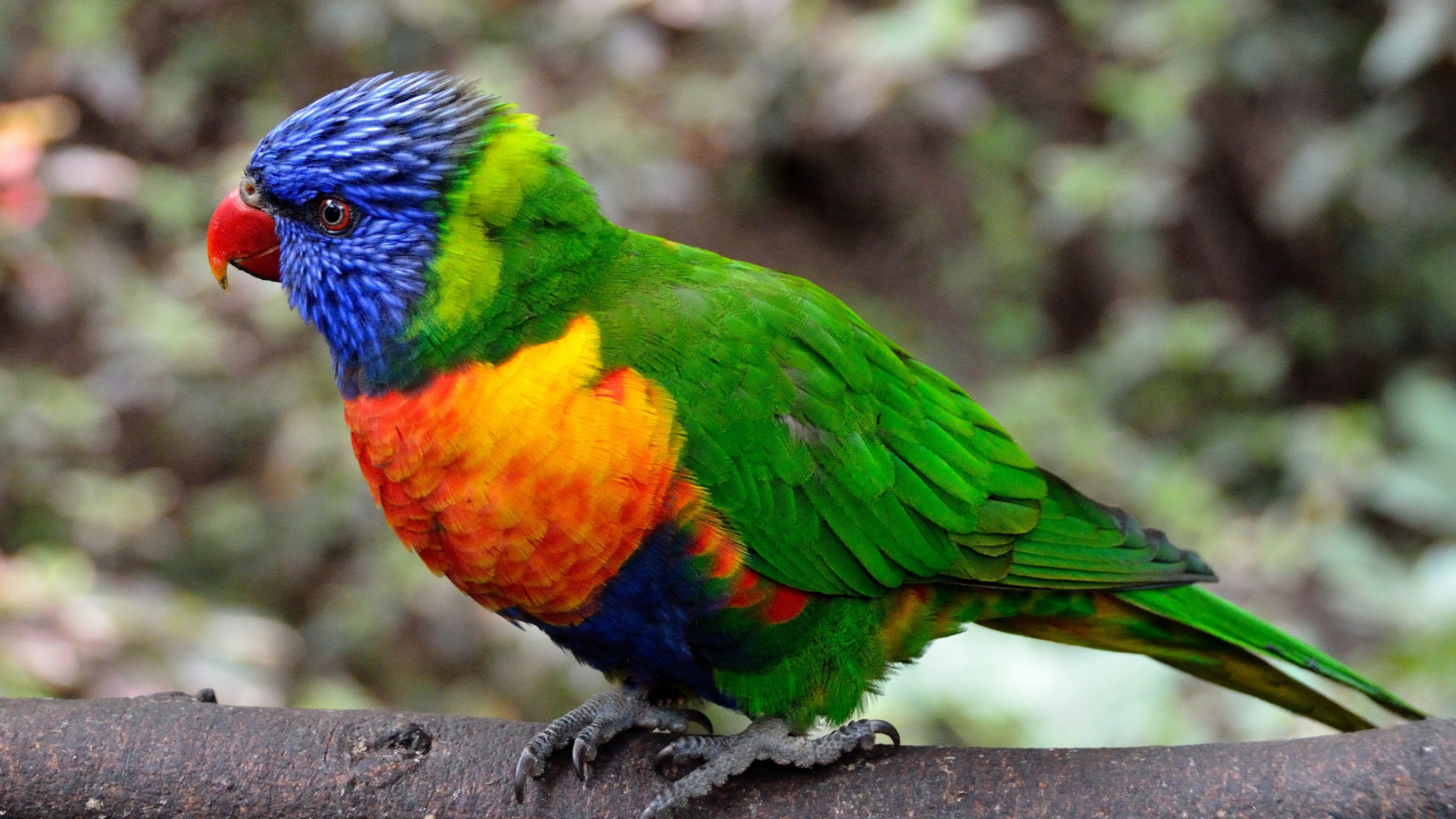Bird Species Molecular Identification

Overview of the Study
A comprehensive year-long study was carried out across various sites in South Punjab, Pakistan. The research focused on documenting the avifauna present in the region, resulting in the recording of 2,634 bird specimens. These specimens represented a total of 33 species, spread across 12 orders and 23 families. The study revealed a diverse mix of both aquatic and terrestrial bird species, highlighting the ecological richness of the area.
Among the recorded bird species, the order Passeriformes stood out as the most dominant. This was followed by Columbiformes and Falconiformes, which also showed significant presence in the studied regions. The diversity indices calculated during the study provided valuable insights into the species distribution. The Shannon-Weiner diversity index was found to be 3.261, while Simpson's diversity index was measured at 0.9562. Additionally, the Evenness value was recorded at 0.8149, indicating a relatively even distribution of species within the avifauna.
Genetic Analysis and Methodology
To further understand the genetic makeup of the bird species, DNA was successfully extracted from several bird specimens using the phenol-chloroform method. This technique is widely recognized for its effectiveness in isolating high-quality DNA. The extracted DNA was then quantified using a Thermo Scientific NanoDrop 2000, ensuring accurate measurement of the sample concentration.
Amplification of the DNA was performed using a COI primer set, which targeted the cytochrome c oxidase subunit I gene. This gene is commonly used in DNA barcoding due to its high variability among species. The amplification process yielded a 670 base pair (bp) COI fragment after trimming ambiguous bases. This fragment was then sequenced and submitted to NCBI GenBank, where accession numbers were assigned for each sequence.
Phylogenetic Analysis and Findings
A phylogenetic tree was constructed using the neighbour-joining method based on p-distance, utilizing MEGA 10 software. The analysis revealed an overall genetic divergence of 0.154±0.009 among the studied bird species. This level of divergence suggests a degree of genetic similarity within the avifauna of South Punjab. High bootstrap values observed in the tree further supported the genetic coherence among the species, reinforcing the findings of the study.
The results of this study emphasize the effectiveness of COI barcoding in identifying and classifying bird species. This molecular tool provides a reliable and efficient method for avifauna identification, especially in regions with complex biodiversity. The genetic similarity observed among the bird species in South Punjab highlights the potential for uncovering cryptic species through more extensive genetic studies.
Recommendations for Future Research
While the current study offers valuable insights into the avifauna of South Punjab, it is recommended that broader genetic studies be conducted across more diverse regions of Pakistan. Such studies could help in the discovery of cryptic species and provide a better understanding of the phylogenetic relationships among local bird populations. Expanding the scope of genetic research would not only enhance biodiversity documentation but also contribute to conservation efforts by identifying unique and potentially vulnerable species.

Comments
Post a Comment